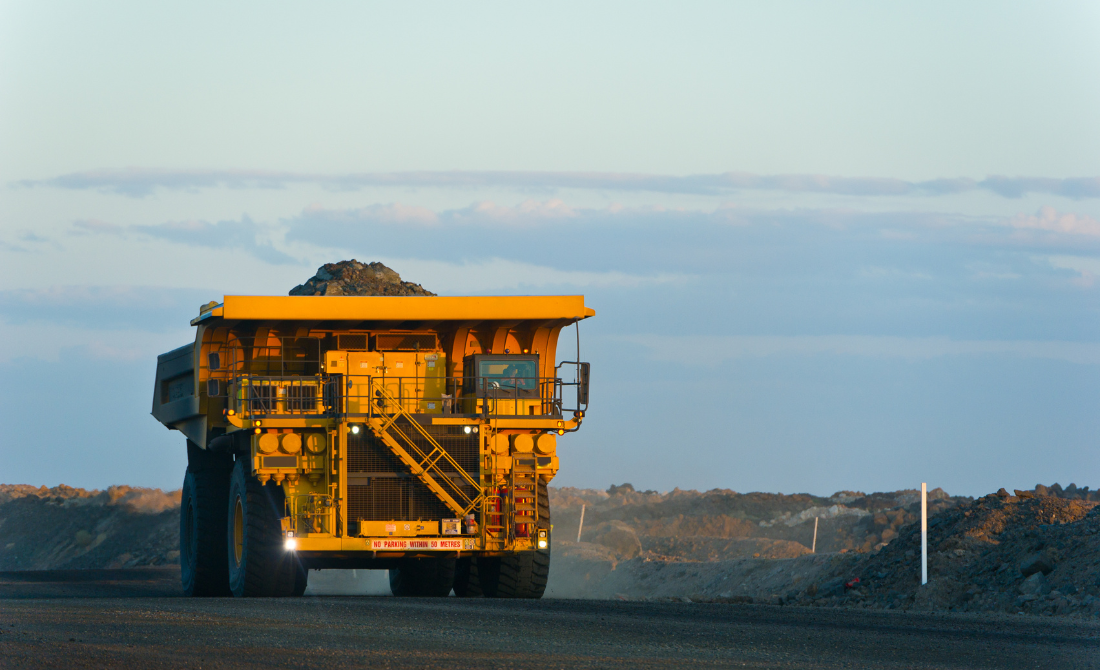The Carbon-Based Future

A decade ago, the idea of finding new uses for coal was just that: an idea. It was a list of possibilities that a researcher might mention in between technical sessions at a conference: improved building materials, tough carbon fibers, extraction of valuable elements, development of carbon-based nanotechnology.
In the future, they might predict, these alternative uses of coal would form a whole new segment of the market for this abundant natural resource: production of carbon-based materials as a third market for coal, in addition to thermal coal for power generation and metallurgical coal for steelmaking. What kept it in the theoretical realm was dollars-and-sense reality. Yes, it could be done in a lab.
But could it be done commercially? Profitably? At that time, the answer was “Not yet.” Thanks to progress that’s been made in the last few years, that answer is now speeding toward “Yes.” “The economics are always the key piece,” says Scott Quillinan (right), senior director of research for the School of Energy Resources at the University of Wyoming, which is spearheading a multifaceted effort to investigate the future uses of coal – an effort he says they began about five and a half years ago.“From what I’m seeing, there’s just such a large need for these types of products, I really think we’ll see demonstration and commercial production soon,” Quillinan says.
The process of connecting the dots between a variety of disparate investigations into different aspects of the topic is being catalyzed by the U.S. Department of Energy’s 2021 announcement that it would supply $19 million in funding for 13 projects in coal-producing regions around the United States, which are now starting in earnest.
While a variety of public, private, and academic projects have taken place in different localities in the last few years on the possibility of producing rare earth elements (a group of lesser-known elements used in producing electronics) and critical minerals (such as lithium and cobalt) from coal sources, this is the first national-level effort to bring those pieces and parts together in a coordinated effort.
The goal, according to several of the projects: map a route toward commercialization of a process to extract these elements, which are heavily used in the production of consumer electronics, batteries, wind turbines, and electric cars.
The idea is to produce these high-demand materials in North America instead of depending on China, which currently controls much of the world’s production.
Several of the projects are focused on the big-picture view: bringing together existing data in one place and filling the gaps in order to create a realistic picture of what opportunities exist and where. Once they’ve established the location of the resources, they will also be looking into things like the infrastructure, workforce, and the commercial reality in each region.